23+ SAMPLE Architecture Proposal
-
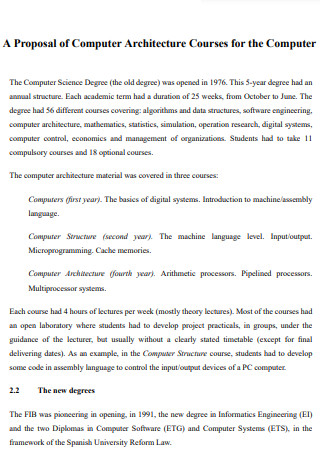
Computer Architecture proposal
download now -
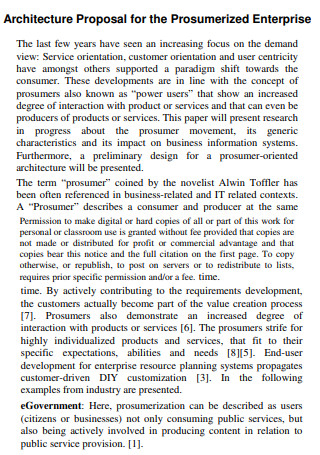
Architecture Proposal for Prosumerized Enterprise
download now -
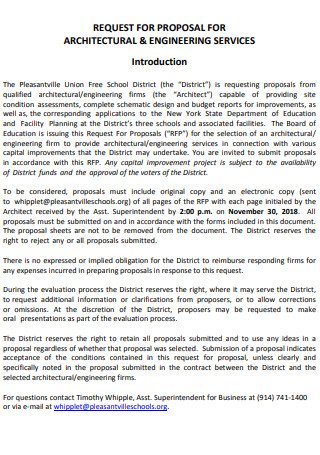
Architectural And Engineering Services Proposal
download now -
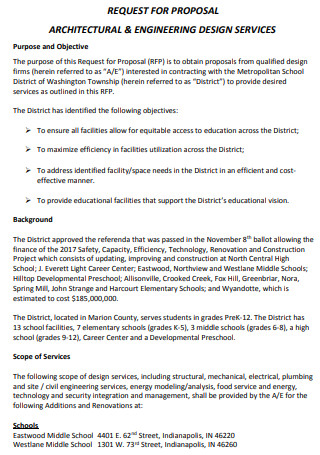
Architectural And Engineering Design Services Proposal
download now -
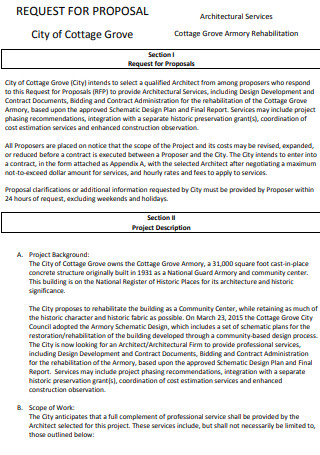
City of Cottage Grove Architectural Services Proposal
download now -
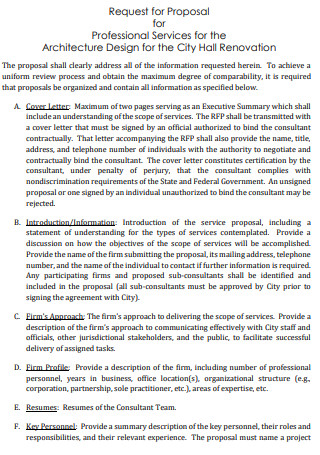
Professional Services for the Architecture Design Proposal
download now -
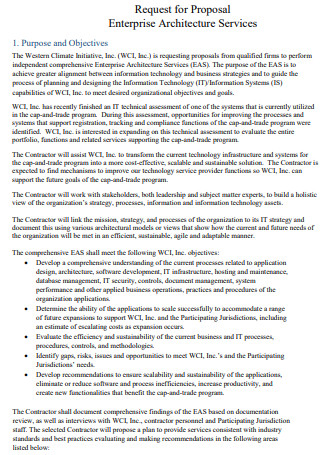
Enterprise Architecture Proposal
download now -
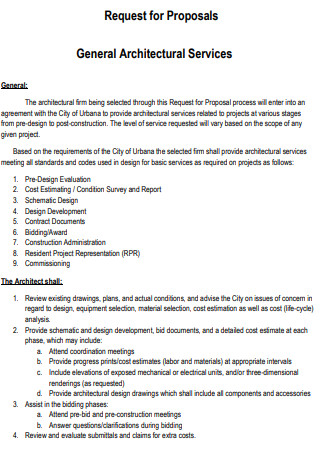
General Architectural Proposal
download now -
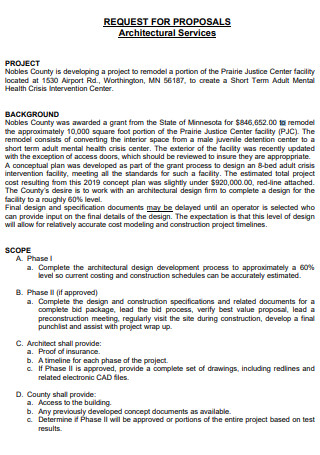
Request for Proposal Architectural Services
download now -
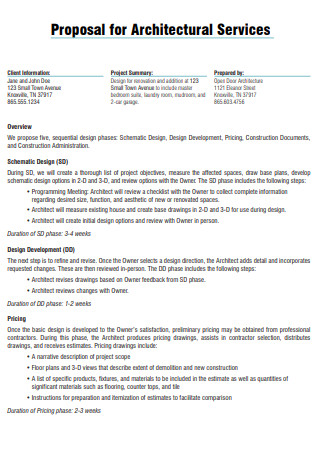
Proposal for Architectural Services
download now -
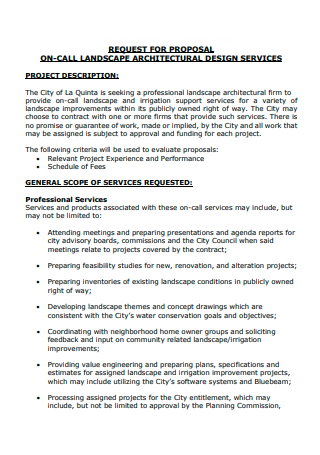
Landscape Architectural Design Services Proposal
download now -
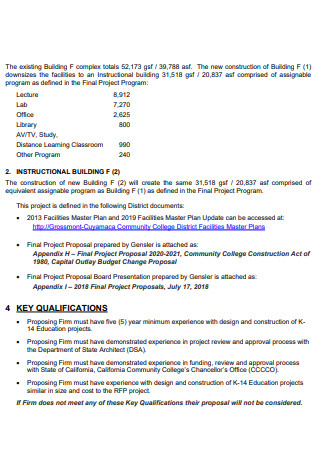
Sample Architectural Proposal
download now -
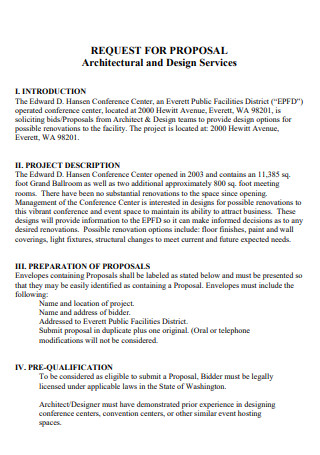
Architectural Proposal
download now -
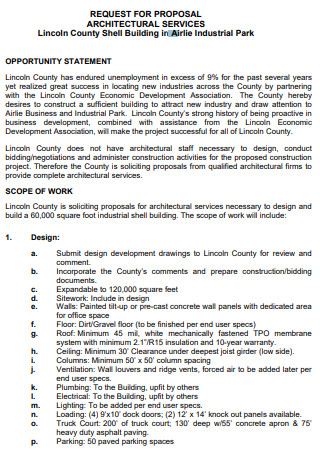
Formal Architectural Proposal
download now -
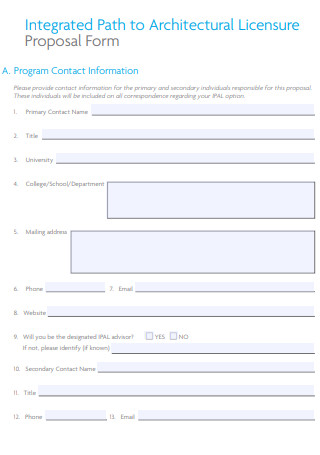
Architectural Licensure Proposal Form
download now -

Hierarchical Architecture Proposal
download now -
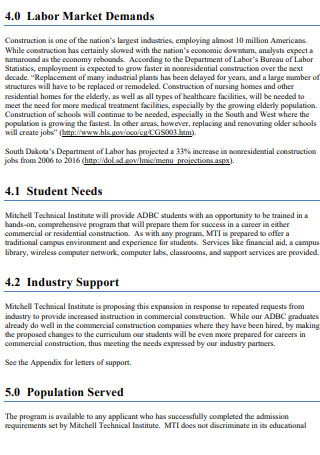
Architectural Design Program Expansion Proposal
download now -
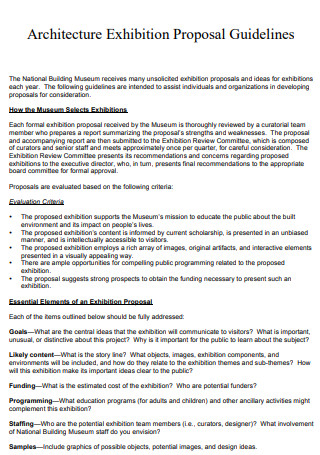
Architecture Exhibition Proposal Guidelines
download now -
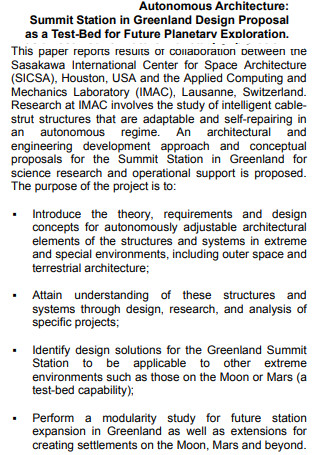
Autonomous Architecture Greenland Design Proposal
download now -
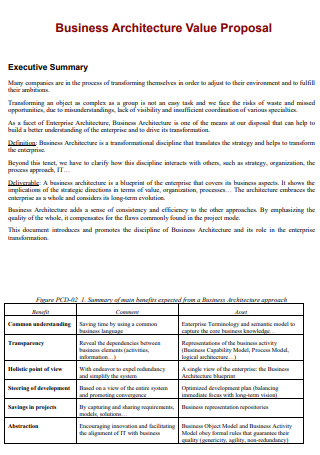
Business Architecture Value Proposal
download now -
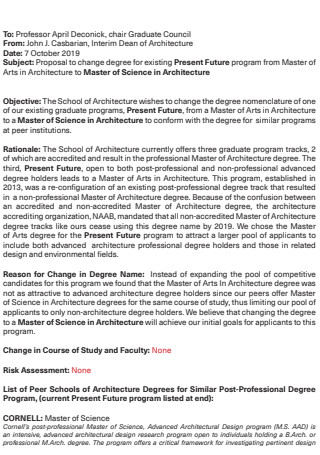
Architecture Masters Name Change Proposal
download now -
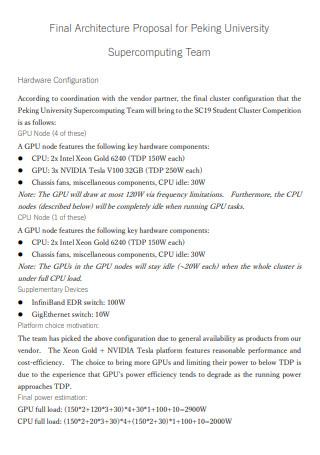
Final Architecture Proposal
download now -
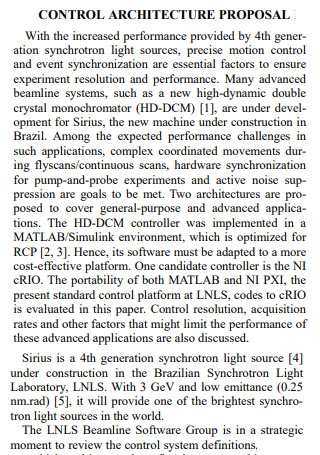
Control Architecture Proposal
download now -
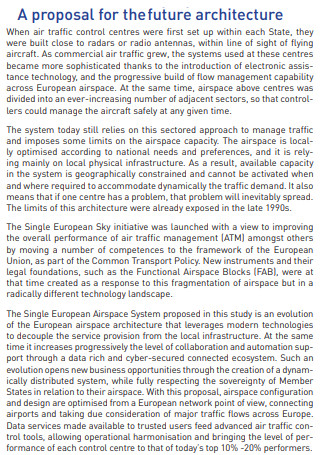
Proposal for The Future Architecture
download now
FREE Architecture Proposal s to Download
23+ SAMPLE Architecture Proposal
What Is an Architecture Proposal?
Advantages of a Business Proposal
How to Write an Architecture Proposal
Qualifications of the Architect Company
FAQs
Is submitting a proposal for this project worth your time and effort?
Do you completely comprehend your client’s requirements?
Is there anything you can do immediately to help the customer with a problem they might have?
What Is an Architecture Proposal?
When starting a project as an architectural firm, an architecture proposal is one of the most crucial papers to have. Everything you want to do with the firm is laid out in this paper. Putting one together involves careful preparation and time, but the various advantages these documents give are well worth the effort. The scope of the proposal includes experience, firm resources, portfolio, project team, fees, cover letter, and other aspects. If you are an architect or run an architectural firm, the provided architecture proposal sample will teach you how to create your architectural proposal, design, and planning services. There’s also a Contract example at the end. Prepare an architectural services proposal ahead of time to ensure a smoother transaction with the customer.
Advantages of a Business Proposal
“Always deliver more than expected,” Larry Page quotes. In the business industry, competition will always surround you. That may be overwhelming and oftentimes businessmen will come up with ways in order to set them apart from their competitors. Being unique may be one of the ways to appear noticeable but another more efficient means is to stay organized. Clients will appreciate the company for thinking through issues that they may encounter and quickly come up with a solution to address them. This is where a business proposal comes into the picture, because all the relevant information will be neatly presented in one document. Keep on reading to know more points and how vital a business proposal is.
How to Write an Architecture Proposal
A letter proposal, like an architectural cover letter and resume, is just a letter to the customer. Meetings with current clients are generally the source of these ideas. These proposal letters frequently have no competitors. The customer has already expressed interest in your work; all they want to know is how you would approach addressing their problem. There are no designs or contracts in an architectural letter proposal; they come after the customer has agreed to proceed. The purpose of a letter proposal is to explain to the client your fundamental knowledge of a project and how you plan to complete the scope of work. The following should be included in a conventional architectural letter proposal. You can view the available architecture proposal example in order to come up with a succinct and effective architecture client proposal.
Step 1: Identifiers for each party
As the very first step of the proposal, you will need to dedicate a page for identifiers of each party, which are the client and your architecture company. In presenting your company, you would need to set a thorough and concise Company Profile that will showcase your credibility. Another identifier that will be important is the client’s side. Through this, you should gather generic information about them, their intentions for the project as well as the objectives, goals, and etc.
Step 2: The project location
The construction site where a public works project involving construction services is being built, installed, or otherwise upgraded or reclaimed, as stated in the project plans and specifications, is referred to as the Project Location. In order to provide for the architecture proposal overview, your proposal must contain the project’s location and an in-depth study of it. The purpose of this step is to conduct thorough research on the location because clients’ may not know certain information about the surrounding location. It is your responsibility as the architect to inform them of the details regarding the location be it in an urban or rural setting, unexpected hills, potholes, uneven terrain, and etc.
Step 3: Give brief description of the project
The project deliverables, team structure, procedure, and project timeline are all defined by a project description. Within the context of a project area, you have access to all project artifacts, such as iteration plans, work items, requirements, test cases, and files under source control. A procedure controls how members operate in each project area. Giving the description of the project will enable the client your company’s plans for the project and how your team intends to execute it.
Step 4: Provide the basic scope of services
Design, construction document preparation, and construction management proposal are all examples of architectural services. Feasibility studies, architectural programming, and project management are just a few of the services that architects offer. The following is a list of services that architects and their sub-consultants often provide, such as project inception, which is the planning phase of your project. You will communicate your project demands, requirements, and goals with your customer while working together. Another example would be designing a schematic and during this stage, your architect will begin by creating early design sketches based on your needs and budget in order to explore and explain several choices.
Step 5: Suggested compensation structure
Any proposal would not be complete without the projected Budget. Through the architect fee proposal, your company will do a thorough research on the necessary allocation of the budget and give an idea to the client of how much the cost would be to execute the project.
Step 6: Actions after the client chooses your company
If a customer approves your letter proposal, you will go on to the next stage with a handshake, a letter of intent contract, a letter of agreement, an architect-prepared contract, or other necessary contract documents. A handshake gives no legal protection at all, but architect-prepared contracts or other required contract documents provide complete legal protection. It is up to you and depends on your degree of familiarity with the customer, maintain a formal atmosphere with the client even after the agreement, and settling the details of the content.
Qualifications of the Architect Company
This statement is one of the most essential sections of your architectural proposal since it provides standard information that may help clients choose an architect. A typical architects’ qualification statement may also be used to market your business to a potential client who isn’t already working on a project. Let’s assume you meet with a client and they learn you are a green design specialist. You may provide them a qualification blank statement with green design work samples to refer to if they have a similar project coming up. The qualification papers should include the following information.
FAQs
Is submitting a proposal for this project worth your time and effort?
When drafting a proposal, one of the most crucial things to consider is whether you should write one at all. Proposals take a long time and cost a lot of money. Don’t just submit because you think it’s the right thing to do. Listen to that if you believe there is no chance you can win a project. Examine the project thoroughly. Is there anything else that could help you win in the intermediate category? Move on if there genuinely isn’t anything. It’s not worth your time or energy. Furthermore, winning and losing are frequently psychological. Even if your team had a lot of wins, they might become depressed if they lose too many games.
Do you completely comprehend your client’s requirements?
One of the most common blunders is failing to take the time to thoroughly comprehend the client’s requirements. Even clients aren’t always sure what they require. Make an attempt to comprehend the issue so that you may provide the finest answer. Make use of the chance to ask questions during minutes of meetings and adjust your proposal to their responses. It is of utmost importance to prepare a proposed architecture project.
Is there anything you can do immediately to help the customer with a problem they might have?
Frequently, the client will receive bids that contain the same information. After all, how many different architectural designs can you come up with? The majority of proposals focus only on the client’s project. They don’t pursue it any further. This is an opportunity to demonstrate to customers that you put their needs first, that you understand their project and have worked on projects similar to it previously, and that you are prepared for any challenges. They want to know that they can put their faith in you. If a development request for a proposal for a building comes in, consider what other elements the customer could want assistance with. Will they require assistance with legal or permitting issues? Is there a technical element of the project that they haven’t taken into account yet? As an optional element of the proposal, provide a remedy to those issues.
The way you sell your company is through architectural proposals. A well-written proposal will more than pay for itself. This is your time to wow clients and demonstrates why they should want to work with you. Despite this, we see a lot of poor offers. Proposals that are a jumble and difficult to comprehend. Proposals that are lacking features that your clients requested. Proposals that are identical to all other proposals submitted. To bring in those clients that admire you, fix those amateur faults. The provided architecture proposal sample and this article will help guide you through the process of coming up with an effective proposal that will please your clients and raise the chances of being chosen.
